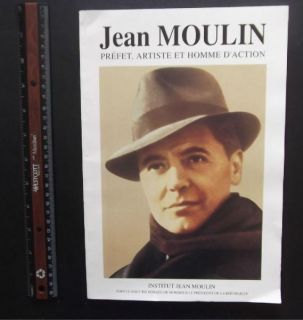Monday, February 15th, 2016
Monument des Droits de l'Homme

Walking around the Eiffel tower and the Champs de Mars
Monument to Human Rights
This monument, dedicated to the Human Rights, was installed in Champs de Mars, in 1989--the 200th anniversary of "La Déclaration des droits de l'Homme et du citoyen." (Declaration of the Rights of Man and of Citizen)
This Declaration is one of the fundamental documents of the French Revolution, defining a set of individual rights and collectives rights of all the estates as one. Influenced by the doctrine of natural rights, these rights are universal: they are supposed to be valid in all times and places, pertaining to human nature itself. The last article of the Declaration was adopted August 26, 1789, by the Assemblée nationale constituante (National Constituent Assembly), as the first step toward writing a constitution. While it set forth fundamental rights, not only for French citizens but for all men without exception, it did not make any statement about the status of women, nor did it explicitly address slavery.
Sculptor
- Ivan Theimer (Olomouc 1944), Czech-French sculptor (Wikipedia).

A red car zoomed away just as we approached the cars.
This one is 120 Euros to drive. We have no idea for how long you get to drive nor what
collateral you have to use to drive away.
A bust and memorial to General Ferrier on the Champs de Mars
Gustave-Auguste Ferrier was a pioneer in radio and telegraphy. He was a member of the corps of engineers in the French army. He never retired and die as a general in the military. During part of his life he worked with Guglielmo Marconi, 1st Marquis of Marconi
Wednesday, February 17th, 2016
Some of the trees have a soft green misty look about them.
They are starting to bud. Spring is around the corner.

Les Invalides in the far background
Another museum belonging to the city of Paris
I am standing next to a large photograph of Churchill,
Roosevelt and Stalin.

In a book review in 2014, by Jonathan Yardley, Paris does not come off very well during the years of occupation. His review is about the book When Paris went Dark by Ronald C Rosbottom from
Amherst.
'Ronald C. Rosbottom leaves no doubt, in “When Paris Went Dark,” that the Nazi occupation was a terrible time for Paris, not just because the Nazis were there but because Paris itself was complicit in its own humiliation'



I was interested in the many pictures of women who became involved in the resistance movement.
They came from all walks of life and from a wide spectrum of ages. Much to my relief as I read a bit about them, many of them survived the war and grew to be old women. Some such as this woman were sent to Auschwitz.
British biographer Caroline Moorehead decided to explore this area... her new book, A Train In Winter, An Extraordinary Story of Women, Friendship and Survival in World War Two.
Moorehead says in the interview that most of the survivors of Auschwitz never fully recovered. They suffered from health problems as well as psychological challenges. As so often happens, the survivors discovered that no one wanted to hear about their experiences. No one wanted to hear about their pain and suffering or their courage. The only people they found to talk to were other women who had survived.
Perhaps in part that is why this extraordinary museum was not established until 1994. The professor said that the French have suffered from guilt as a nation especially Paris and its citizens. They wanted very much to forget about the pain and humiliation of WW II. That is one of the reasons this museum is unique. It is open to the public and there is not charge to enter. The visitor enters the museum on the Leclerc side then goes upstairs to walk across from one building to the next where Jean Moulin is spotlighted.

Jacques-Philippe Leclerc de Hauteclocque: An interesting man. Born of French nobility, Leclerc was not part of his name originally. Because of some false identification papers obtained by his sister, Leclerc became his last name. He legally changed his name to include it later. He is honored in part because he was the French general who liberated Paris. "The German commander, General der Infanterie Dietrich von Choltitz, was inclined to surrender, and did so to Leclerc at the Gare Montparnasse on 25 August 1944." He was also the general who freed Strasbourg from German control. As the picture above might indicate, he fought in North Africa also.
We were interested to learn that the place where the surrender of Paris took place was the Gare de Montparnasse. It is obviously no coincidence that there is where the museum is located.

Jean Moulin is the best known of all the French resistance fighters during WWII. He was asked/ordered by Charles de Gualle to unite the resistance forces. He wanted them to be one united force that would work together. Not any easy task. It is believed that in 1943 he and other resistance leaders were betrayed by one of Moulin's friends and co-conspirators. He was tortured. He died when he was being transferred by train. It is unknown if he died of the wounds received while being tortured or if he took his own life.

Commemorative 2 Franc coin 1993
When he was younger he had been tortured and left among some mangled bodies. Rather than endure further torture, he took a piece of glass and tried to cut his own throat. He was found soon after and was taken to a hospital where he recovered. The legend is that the reason he always wore a scarf was in order to hide the scar on his throat.










No comments:
Post a Comment